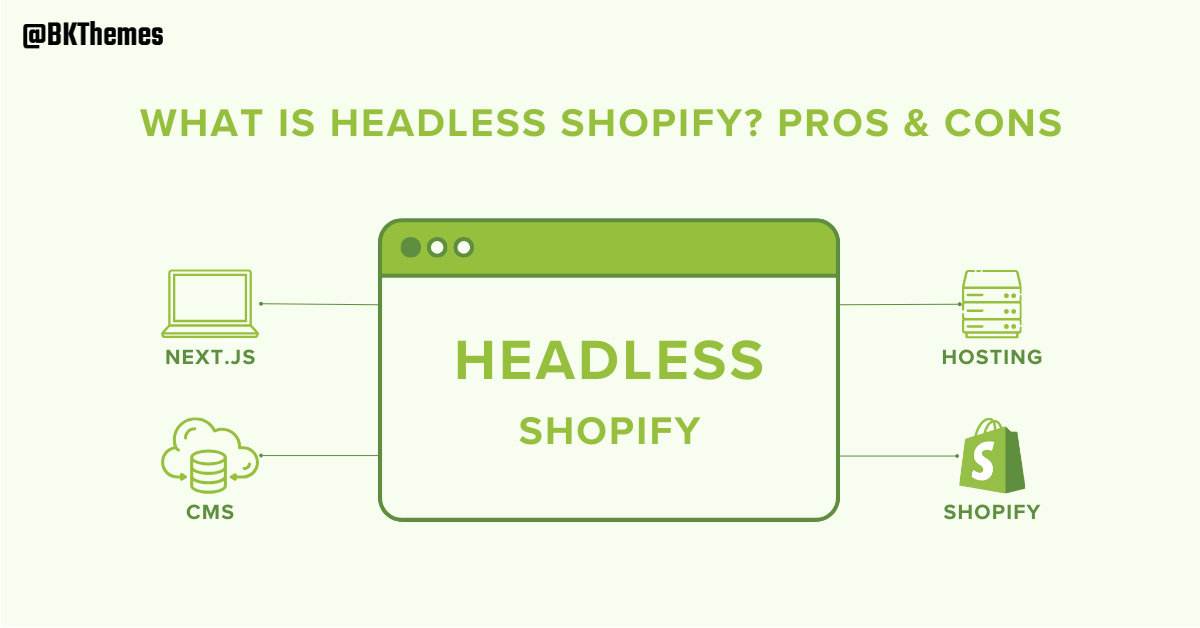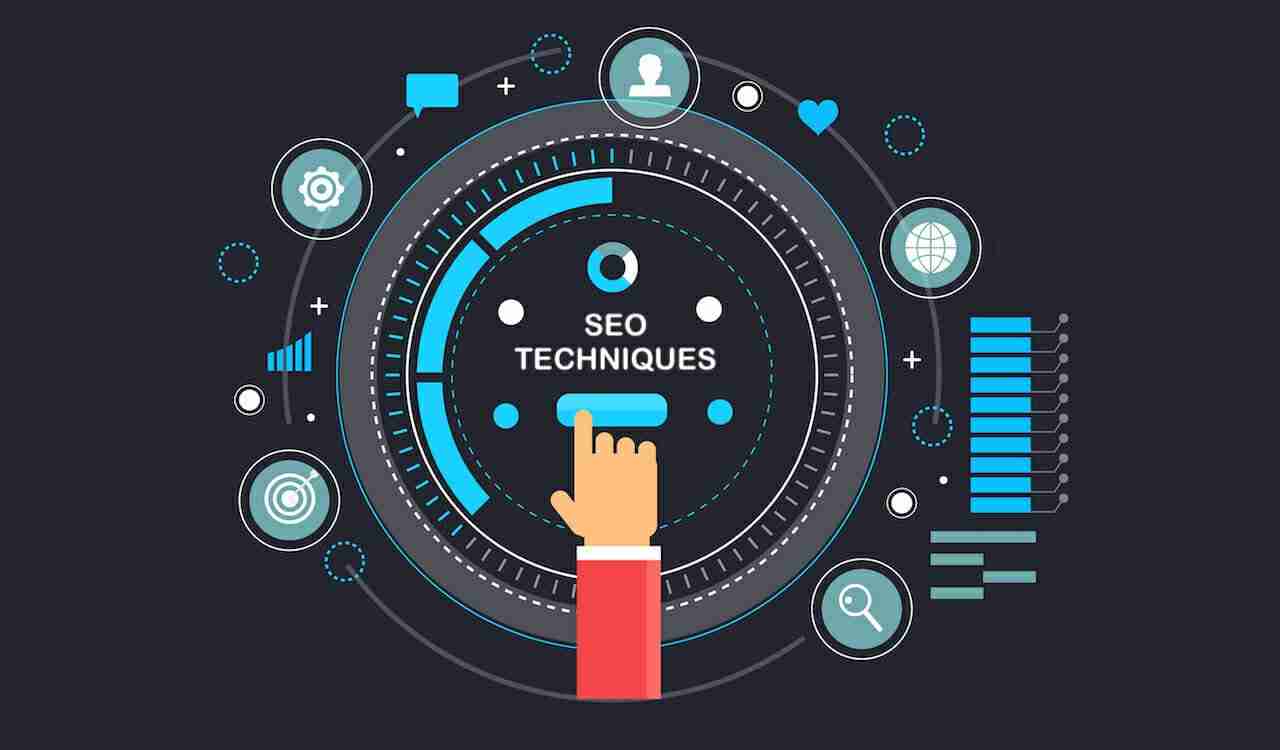
Shopify, a popular e-commerce platform, has traditionally provided a robust, all-in-one solution for online stores. However, its monolithic architecture can sometimes hinder customization and scalability for ambitious businesses. Enter headless commerce, a paradigm shift allowing separation of the storefront (the customer-facing website) from the backend systems. This approach, when implemented with Shopify, unlocks significant potential but also presents unique challenges. This article explores the advantages and disadvantages of choosing a headless Shopify architecture, equipping you with the knowledge to make an informed decision for your online store.
Headless commerce, in essence, decouples the front-end presentation layer from the back-end data management system. Instead of relying on Shopify's built-in theme engine, headless Shopify utilizes APIs to fetch product data, customer information, and other relevant details. This separation allows developers to build custom, highly personalized storefronts using various front-end technologies like React, Vue.js, or Angular. This flexibility is a key driver behind the growing popularity of headless solutions.
The biggest draw of headless Shopify is the unparalleled level of customization. Traditional Shopify themes often limit design options. With a headless approach, developers are free to create unique, responsive websites tailored to specific brand identities and user experiences. This includes creating truly unique mobile-first experiences, highly interactive product pages, and advanced search functionality. Imagine a retailer wanting to integrate a complex augmented reality feature or a dynamic, personalized recommendation engine – headless allows this.
Decoupling the front-end from the back-end can dramatically improve performance. Shopify's servers are responsible for managing the back-end data, while the front-end can be optimized for speed and responsiveness. This often leads to faster loading times, SEO-1/">improved SEO rankings, and a generally smoother user experience. A well-optimized headless storefront can handle significantly higher traffic volumes than a traditional Shopify store.
Headless Shopify seamlessly integrates with a wider range of third-party applications and services. This could include CRM systems, marketing automation platforms, or custom back-end functionalities. This enhanced interoperability allows businesses to leverage existing investments and streamline their operations.
As technology evolves, headless architecture allows for easier upgrades and adaptations. You're not locked into a specific theme or set of features. Updates and new integrations can be implemented more efficiently, ensuring your store remains competitive and relevant in the long term. This is particularly important in the fast-paced e-commerce landscape.
The decoupled nature of headless Shopify facilitates the creation of highly responsive and optimized mobile experiences. This is crucial for success in today's mobile-driven world.
Implementing a headless approach requires specialized technical expertise. Developing and maintaining a custom front-end often incurs higher upfront costs compared to using a pre-built Shopify theme. This includes hiring developers and potentially paying for specialized plugins or extensions. Choosing the right development partner is crucial to minimizing risks and maximizing ROI.
Managing a headless setup can be more complex than a traditional Shopify store. This includes maintaining the front-end codebase, ensuring data synchronization between the front-end and back-end, and managing API integrations. A dedicated team with experience in headless development is often necessary.
The technical nature of headless Shopify can pose a challenge for non-technical business owners. Understanding the nuances of API integrations and front-end development can be daunting. Careful planning is essential.
Simply put a data silo is a repository of data that's controlled by one department or business unit and isolated from the rest of an organization, much like grass and grain in a farm silo are closed off from outside elements. Siloed data typically is stored in a standalone system and often is incompatible with other data sets.
Maintaining the front-end and ensuring compatibility with Shopify's API updates requires ongoing effort. This necessitates a dedicated support team or in-house technical expertise.
Headless Shopify offers a powerful approach to building highly customizable and scalable e-commerce stores. The enhanced flexibility, improved performance, and integration possibilities are compelling advantages. However, increased development costs, complexity, and potential maintenance challenges must be carefully weighed. Businesses should thoroughly evaluate their resources, technical expertise, and long-term goals before committing to a headless Shopify solution. By understanding the nuances of this architecture, businesses can make informed decisions that position them for success in the dynamic e-commerce landscape.
📧 Stay Updated
Get the latest web development tips and insights delivered to your inbox.




